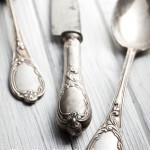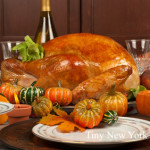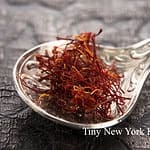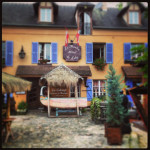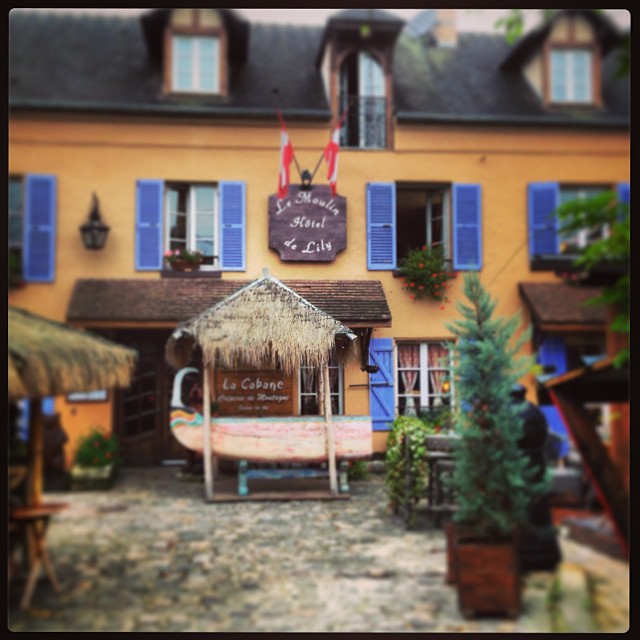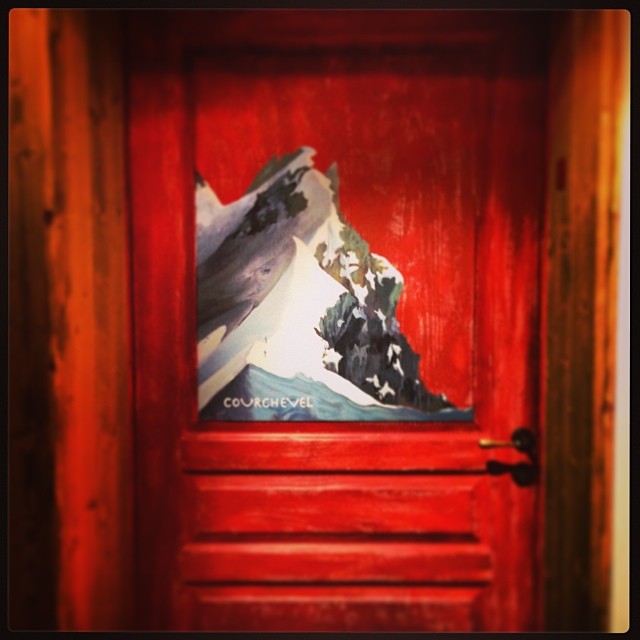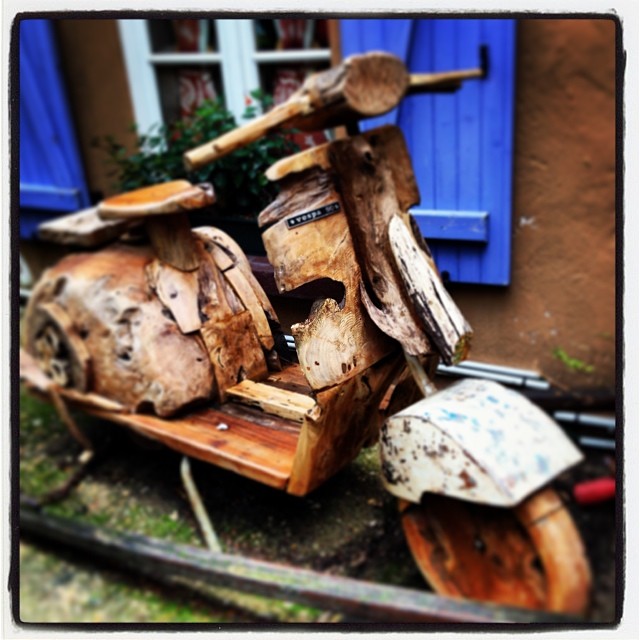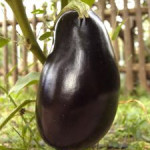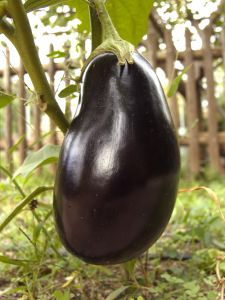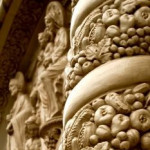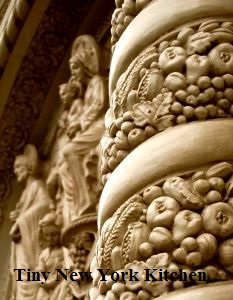The average life expectancy for men was 47 years old.
Americans spent 1/3 of their income on food.
Children remained under their parents’ roofs until they were married.
Fuel for cars was only sold in drug stores.
Only 14 percent of the homes had a bathtub.
Only 8 percent of the homes had a telephone.
Ten percent of infants died in their first year.
The maximum speed limit in most cities was 10 mph.
Men wore blue serge suits at work.
The tallest structure in the world was not in the U.S., but was France’s Eiffel Tower.
The average U.S. wage in 1910 was 22 cents per hour.
The average U.S. worker made between $200 and $400 per year.
A competent accountant could expect to earn $2,000 per year.
A dentist could make $2,500 per year.
A veterinarian could make between $1,500 and $4,000 per year.
A mechanical engineer could make about $5,000 per year.
More than 95 percent of all doctors had no college education. Instead, they attended so-called medical schools, many of which were condemned in the press and the government as “substandard.”
Sugar cost 4 cents per pound.
Eggs were 14 cents per dozen.
Coffee was 15 cents per pound.
Most women only washed their hair once a month. They used Borax or egg yolks for shampoo.
Canada passed a law that prohibited poor people from entering into their country for any reason.
The five leading causes of death were: Pneumonia and Influenza, Tuberculosis, Diarrhea, Heart Disease, and Stroke.
The American flag had 45 stars.
The population in Law Vegas, Nevada was only 30.
Crossword puzzles, canned beer and iced tea hadn’t been invented yet.
There was neither a Mother’s Day nor a Father’s Day.
Two out of every 10 adults could not read or write.
Only 6 percent of all Americans had graduated from high school.
Marijuana, heroin and morphine were all available over the counter at local drug stores. Back then pharmacists said, “Heroin clears the complexion, gives buoyancy to the mind, regulates the stomach, bowels, and is, in fact, a guardian of health.”
18 percent of households had at least one full-time servant or domestic help.
There were about 230 reported murders in the ENTIRE United States.
It’s amazing how fast everything has changed and it’s impossible to imagine what it will be like in another 100 years!
“Work With What You Got!”
© Victoria Hart Glavin Tiny New York Kitchen © 2017 All Rights Reserved
The turkey came originally from America and was first domesticated by the Aztecs in Mexico. The Spanish introduced turkeys into Europe and they soon became a popular choice in France, Italy and Britain.
When early settlers from Britain, France and Holland crossed the Atlantic to North America, the vast flocks of turkey that roamed wild provided them with sustenance. They were plentiful and so easy to trap or shoot that the older children of the family were given the responsibility of catching them. The Native Americans meanwhile taught the new settlers the rudiments of farming, and in November 1621, on the first anniversary of their arrival, the Pilgrims entertained the locals to a feast, at the center of which was the turkey. Ever since, this has been the traditional bird served at Thanksgiving.
Turkeys are available fresh, chilled, or frozen all year round. When buying a whole bird, look for a plump well-rounded breast and legs and clear, soft and evenly colored skin. Avoid birds that are bruised, with blemishes or torn skin or any that have been badly or unevenly plucked. Turkeys vary enormously in weight.
When you’re ready to purchase your turkey it’s easy to get confused on what size to get. A good guild to go by is to figure approximately 1 1/4 pounds per person. This makes enough for the meal and provides a decent amount of leftovers.
To store your turkey place it in a large, deep dish and cover it completely with plastic wrap. Store it in the coolest part of the refrigerator; making sure that it does not come in contact with other foods.
Thaw a frozen turkey in the refrigerator for 2 to 4 days. Estimate 24 hours for every 5 pounds, so 2 days for a 10 pounder, 3 days for a 15 pounder, etc.
And then there is always the frozen turkey emergency that goes like this, “Help, help, it’s Wednesday, and my turkey is still frozen!!!” It’s been a long time, but I’ve been in this predicament. What you do is leave the turkey in its wrapper and put it in a large-size container. A lobster pot works well. Fill the container with cold tap water and let it sit for 30 minutes. Dump out the water and refill. Let it sit another 30 minutes. Repeat until the turkey is thawed, then roast immediately or transfer to the refrigerator.
The good news is that you can brine or dry cure your turkey while it defrosts in the refrigerator. What a Godsend that is! Use a lighter brine solution, which is about 1/2 cup kosher salt per gallon of water, plus sugar and spices). If you’re dry curing, use the standard recipe. You’re turkey should stay below 40 degrees while brining. You don’t need to brine or cure a kosher or butterball type supermarket frozen turkey. These come pre-brined. If you want to be able to put your own flavor stamp on your meal, then get a natural or untreated bird and do it yourself. If you plan on brining for 2 days use the weaker solution that I just mentioned. If you plan to brine for 24 hours or less, then bump it up to 1 cup kosher salt per gallon of water. Then add an equal amount of sugar. I don’t always brine, but when I do I’ve been known to throw an assortment of flavorings in the brine. Flavorings that you could add to your brine could be: apples, lemons, oranges, onions, garlic, shallots, peppercorns, bay leaves, cinnamon sticks, cloves, allspice berries, juniper berries, mustard seeds, fennel seeds, coriander seeds, rosemary, sage, thyme, savory, parsley, or oregano. You can also replace half the water with sweet cider, hard cider, vegetable stock, turkey stock, chicken stock, beer, white wine, or red wine. If you want to dry cure then use about 1/2 teaspoon kosher salt for every pound of turkey. Then add spices to your taste.
Stuffing your turkey is a personal preference. I always stuff the bird because I love how it tastes when cooked inside the turkey. It does slow down the cooking process, however. Never stuff the turkey in advance of cooking. The stuffing can be made in advance, but the turkey should not be stuffed until just before it is placed in the oven. Weigh the stuffing and add this to the weight of the bird before calculating the cooking time. Thoroughly rinse the body cavity of the bird under cold running water, and then drain it well. Wipe the turkey, inside and out, with paper towels. Press the stuffing inside the shallow neck cavity. Make sure not to pack it in too tightly. Turn the bird over and pull the neck skin over the stuffing. Now it’s time for a little turkey bondage and truss the bird (tuck the wing tips under the breast and tie the legs together) and then cook for the calculated time. Never shorten the cooking time because although the meat may appear cooked, extra time must be allowed for cooking the stuffing thoroughly.
If you choose not to stuff your turkey then place aromatics in the body cavity of the bird. Cut a large onion in half and stud each half with 4 to 6 cloves. Place this in the body cavity of the bird. Cut an orange and a lemon into quarters and add these, together with 3 or 4 bay leaves, 4 to 6 fresh sage sprigs, and 2 to 3 fresh thyme sprigs. Add 1 cinnamon stick or 1 blade of mace for a festive hint of warm spice.
Turkeys are super easy to roast, but require a little more attention than smaller birds. Check to make sure the oven shelves are in the correct position before heating the oven. Preheat the oven to 350 degrees. Place the prepared bird on a rack in a large-size roasting pan. Smear the turkey breast generously with butter, season with salt & pepper and place in the oven. Baste the turkey from time to time during cooking. When the breast has browned, cover with foil to protect it and continue cooking. Remove the covering foil for the final 20 minutes of cooking. To check if the meat is cooked, insert a skewer into the thickest part of the thigh. If the juices run clear and the meat is white, it is cooked. If the juices are pink and the meat is soft and pink, the turkey is not ready. Return it to the oven and check again after 20 minutes. Cooking times will differ depending on whether your bird was purchased fresh or frozen. Plan on 20 minutes per pound in a 350 degree oven for a defrosted turkey and 10 to 15 minutes per pound for fresh. Remember to add more time if you’re turkey is stuffed. You should have an instant-read thermometer in your kitchen drawer. Insert the thermometer into the breast (all the way to the bone) and if it reads 160 degrees you’re good to go. You may also measure the thigh by inserting the thermometer into the thickest part, but not touching the bone, and it should read 165 degrees.
Remove the turkey from the oven and cover it closely with foil. Leave it to rest for at least 30 minutes. This will even out the temperature and make it easier to carve. I know some chefs who let it rest for 2 hours, but I don’t think that one needs to wait that long. If you wish to make gravy in the roasting pan, transfer the bird to a carving plate.
When you’ve let your bird rest awhile remove the trussing string. Hold the bird steady in position with a carving fork. Cut off the legs, then cut these in half or carve the meat from the bones. Make a horizontal cut across the breast above the wing. Carve neat and even vertical slices off the breast. Repeat on the other side of the bird. Arrange slices on a warmed platter. Add the turkey legs or sliced meat to the platter or set them aside for serving separately. Scoop out the stuffing and serve with the meat.
“Work With What You Got!”
© Victoria Hart Glavin Tiny New York Kitchen © 2016 All Rights Reserved
Saffron
Highly prized as a dye, medication and culinary spice since Greek and Roman times, saffron is the stigma of a type of crocus, Crocus sativus, which was once grown all over Europe, including in England. It has a distinctive and lasting aroma, and a pleasant pungency if used sparingly. Because of its striking color, as well as its distinctive flavor, saffron is frequently added to celebration dishes; for example, pilaus from India, Spanish paella and Italian risotto Milanese. Bouillabaisse, the famous French fish and shellfish soup-stew, is flavored with saffron. The spice is also widely used in sweet recipes, including milky rice and sweet custard-like desserts. Baked goods flavored with saffron include breads and cakes.
Saffron threads can be infused (steeped) in a little warm water or milk until the color of the liquid is even. Add the liquid and the threads to the dish, usually towards the end of the cooking process. Saffron powder can be added to food without soaking, but not to hot oil.
“Work With What You Got!”
© Victoria Hart Glavin Tiny New York Kitchen © 2016 All Rights Reserved
Red Split Lentils
The lentil is one of our oldest foods and a staple in many countries around the world. It originated in Asia and North Africa, and continues to be cultivated in those regions, as well as in France and Italy. Lentils are hard even when fresh, so they are always sold dried.
Lentils are a good source of complex carbohydrates and plant protein. They also contain a range of vitamins and essential minerals, including iron, selenium, folate, manganese, zinc, phosphorus and some B vitamins.
Orange-colored red split lentils, sometimes known as Egyptian lentils, are the most familiar variety. They cook relatively quickly, in just 20 to 30 minutes, eventually disintegrating into a wonderful thick, rich purée. They are ideal for thickening soups and casseroles. When cooked with spices, garlic, and onions they make a hot and delicious dhal, a richly flavored purée served as an accompaniment to meat or vegetable curries. In the Middle East, red or yellow lentils are cooked and mixed with spices and vegetables to form balls known as kofte, which are then fried.
“Work With What You Got!”
© Victoria Hart Glavin Tiny New York Kitchen © 2016 All Rights Reserved
Cinco de Mayo (the fifth of May) has become a lively and fun commemoration of Mexican culture. The history behind Cinco de Mayo commemorates the Mexican army’s 1862 victory over France at the battle of Puebla during the Franco-Mexican war (1861-1867). Cinco de Mayo is a relatively minor holiday in Mexico. In the United States Cinco de Mayo has evolved into a celebration of Mexican culture and heritage, particularly in areas with large Mexican-American populations. Cinco de Mayo traditions include parades, mariachi music performances and street festivals in cities and towns across Mexico and the United States.
“Work With What You Got!”
© Victoria Hart Glavin Tiny New York Kitchen © 2016 All Rights Reserved
Eggplant (also known as Aubergine or Melongene) is an egg-shaped vegetable with a typically dark purple, shiny skin, though some are yellow or white. Eggplant was so named because the delicate white varieties that resemble eggs. Eggplant grows on a plant (Solanum Esculentum) in the nightshade family and is actually a fruit and not a vegetable. It is actually technically a berry. Eggplants have not always been popular. They were once known as “mad apples,” because it was thought that they caused insanity or death. They have been used in China since 600 BC. Thomas Jefferson first brought the eggplant to America from France in the eighteenth century. Male eggplants are rounder and smoother at the blossom end. They have fewer seeds which are bitter. Female eggplants are more oval and the blossom end is usually deeply indented. They tend to have more bitter seeds.
Eggplants are at their best from July through September. Select smooth, firm, glossy-skinned eggplants with green caps and stems. Smaller eggplants are sweeter than large ones. The fewer the seeds in an eggplant, the sweeter the eggplant. The more seeds in an eggplant, the older the eggplant.
Store eggplants in perforated plastic bags in the vegetable crisper of the refrigerator for four to five days.
Eggplants should be cooked immediately after peeling or cutting because the exposed flesh discolors rapidly due to oxidation. To prevent this start cooking as soon as you have cut it. If there is an unavoidable delay, promptly coat the surface with lemon juice or submerge with pieces in acidulated water.
Salt the flesh of a large cut-up eggplant to draw out any bitterness. For frying, it is always good to salt the eggplant or otherwise remove excess moisture. Only eggplants with tough, thick skins need to be peeled.
Eggplants should be cooked in only the minimum amount of fat or oil or without any at all because they have inner air pockets. Eggplants can absorb several times their weight in oil, even when breaded. Cooking with too much oil or fat breaks down the eggplant’s texture.
Slicing eggplants is so much easier when using a serrated knife.
The Feast of Corpus Christi (The Most Holy Body & Blood of Christ) goes back to the early 1200s in medieval Europe. However, in 1264, Pope Urban IV decided to extend the Feast of Corpus Christi to the universal Church. He wanted to strengthen faith in and devotion to the Eucharist at the time when a number of evangelical movements in France and Italy were embracing ideas and attitudes that were inconsistent with the faith of the Catholic Church. Some denied the Eucharist was sacrament. In reaction, popular movements of intense devotion to the Eucharist sprang up in northern Europe. The focus on the devotions was the host itself. It became customary to reserve the host in the tabernacle, as is still done today, and to expose it in the monstrance on the alter. The practice of ringing bells at the time of the elevation of the host so that everyone in church would look at it was also begun during this period.
There is another reason that Pope Urban IV decided to make Corpus Christi a universal feast day. An event took place in Italy that excited the local population. In the small Italian town of Bolsena, located in Umbria, a German priest who was on a pilgrimage celebrated Mass in the Church of Santa Christina. The unusual thing that happened during the celebration of Mass was that the German priest it seemed had experienced some serious doubts about the transubstantiation of the bread and wine during the Mass. He had begun to doubt that they became the Body and Blood of Jesus Christ.
During the Mass, after the consecration, his doubts disappeared. He saw blood issuing from the host and staining the alter cloth. Reports of the miracle quickly spread throughout the village of Bolsena. A procession was formed which brought the bloodstained cloth to Pope Urban IV who was in Orvieto at the time. It was only after seeing the bloody cloth that the Pope decided to make Corpus Christi a feast for the Church throughout the world. About 750 years later Catholics still celebrate the feast given birth by the revitalized faith of a German priest and the good people of a small Italian village.

